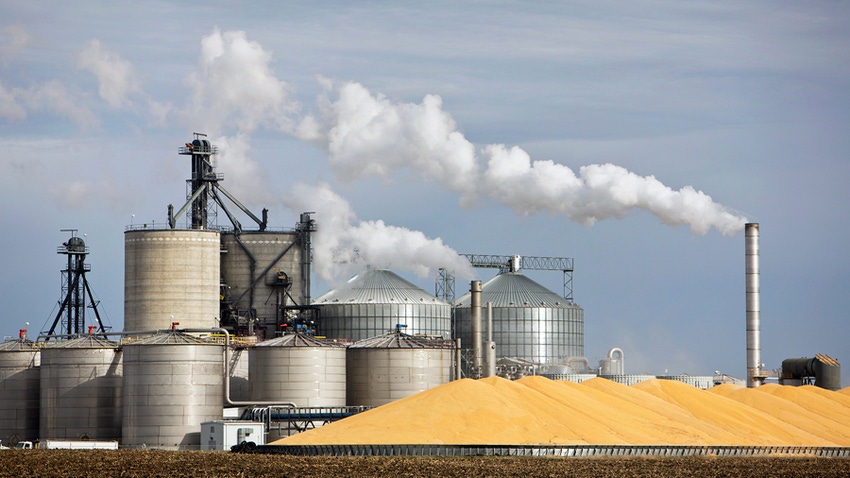
EPA’s final rule on Renewable Fuel Standard volumes for 2024 and 2025 left many in the biofuel industry wanting for more. On Wednesday, the agency set 15 billion gallons per year as the amount of ethanol that can be used to fulfill quotas through 2025. This was less than the 15.25 billion gallons initially proposed late last year.
House Agriculture Committee Ranking Member David Scott, D- Ga., says the new blending volumes will provide important certainty and insight into the future of the RFS. According to EPA data, the volumes will reduce dependence on foreign oil by between 130,000 and 140,000 barrels per day.
"While I know our biodiesel industry would have preferred for biomass-based diesel to more accurately represent the production capacity growth we see represented in today’s markets, I appreciate the increases that were made and the administrator’s willingness to incorporate feedback from industry experts and stakeholders,” Scott says.
Advanced Biofuels Association President Michael McAdams acknowledged that the new Renewable Volume Obligations represent progress. However, he believes they are a missed opportunity to invest in and expand the adoption of low-carbon advanced biofuels. He adds that they also underestimate the existing and planned capacities of advanced biofuels by hundreds of millions of gallons per year.
“It is disappointing that the Biden Administration’s EPA chose not to recognize the projected growth of the biomass-based diesel pool in this rule, despite the groundbreaking carbon reductions being delivered by renewable diesel plants coming online today,” McAdams says. “More than 20 renewable diesel facilities have been proposed or are currently under construction. Moreover, the ABFA provided the agency with studies conducted by third-party analysts, which found that there are sufficient feedstocks available, accounting for food, to support a more significant increase in renewable volumes.”
That sentiment was echoed by the Renewable Fuels Association, which said that the final blending volumes fail to deliver on the promise of EPA’s original proposal, something it considers “inexplicable and unwarranted.”
“By removing half a billion gallons of lower-carbon, lower-cost fuel, today’s rule needlessly forfeits an opportunity to further enhance U.S. energy security and provide more affordable options at the pump for American drivers,” RFA President and CEO Geoff Cooper says.
The Energy Independence and Security Act of 2007 established the Renewable Fuel Standard Program, setting biofuel volumes through 2022. After that, EPA is responsible for setting volumes while taking into account multiple factors including costs, air quality, climate change, implementation of the program to date, energy security, infrastructure issues, commodity prices, water quality, and supply.
About the Author(s)
You May Also Like






